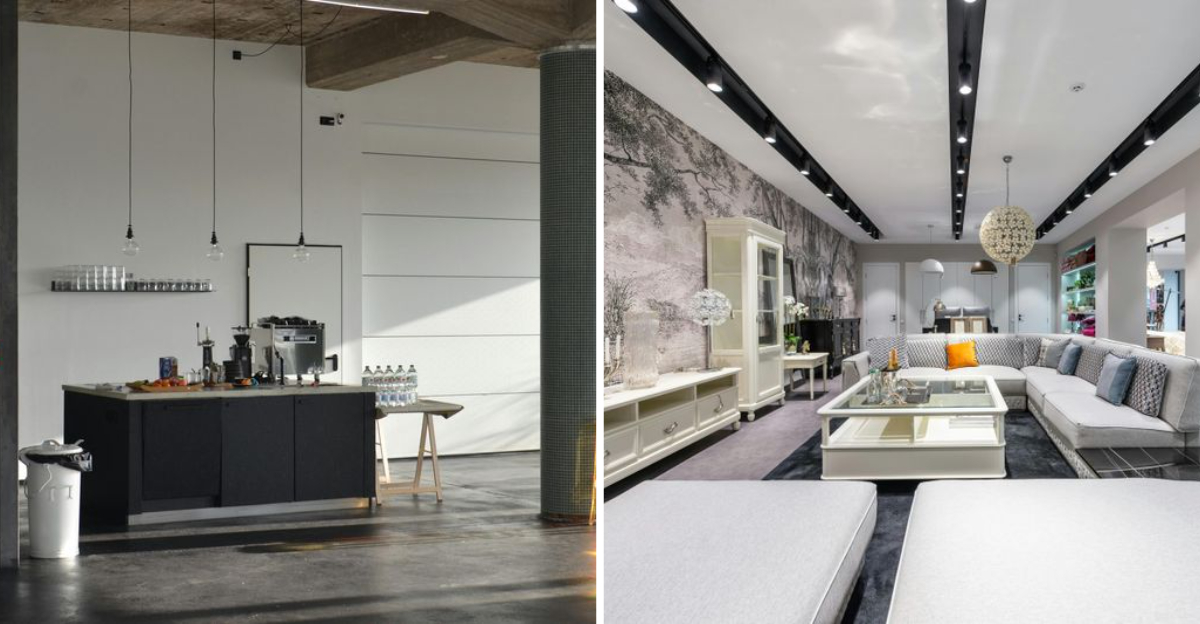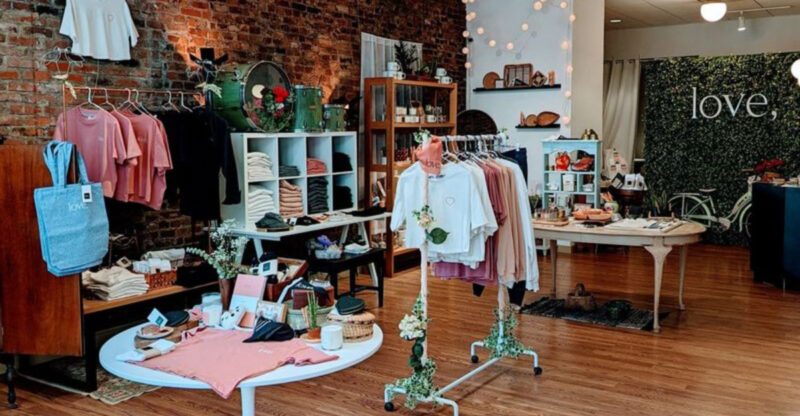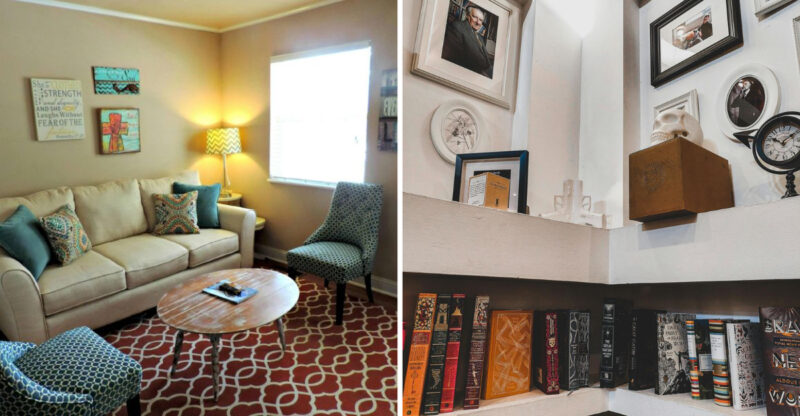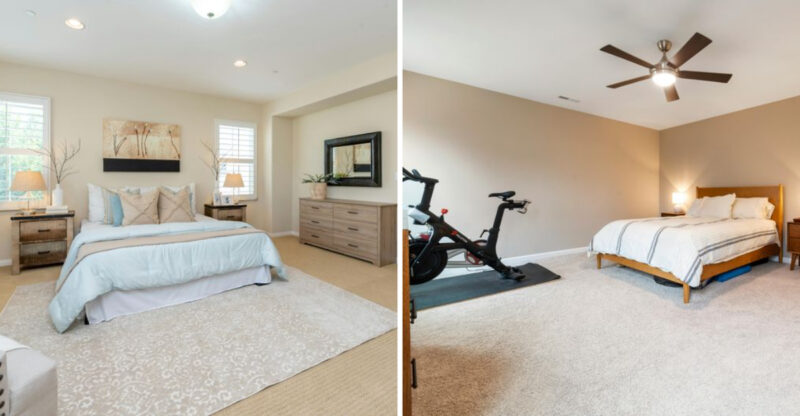5 Home Decorating Habits That Make Designers Nervous

We all want our homes to look fabulous, but sometimes our decorating choices might make professional designers cringe.
Even with the best intentions, certain habits can turn a potentially stunning space into a design disaster. Understanding these common mistakes can help you avoid them and create a more harmonious, beautiful home that even the pros would approve of.
Keep in mind, personal taste and lifestyle needs play a big role, so not every rule applies to every home.
1. Cluttered Entryway Surfaces
Your entryway creates the first impression of your home, yet it’s often where chaos reigns supreme. Keys, mail, shoes, and bags pile up on every available surface, creating visual noise that instantly overwhelms visitors.
Professional designers wince at entryways that become catch-all zones because they understand the psychological impact of entering a cluttered space. When you walk into a home and immediately face disorganization, it sets a stressful tone for the entire experience.
Instead, try implementing a simple organization system with designated spots for everyday items. A small tray for keys, wall hooks for bags, and a proper shoe storage solution can transform your entryway from chaotic to calming without major renovations or expense.
2. Overusing Trendy Colors
Remember avocado green appliances from the 70s? How about the dusty mauve of the 80s? Jumping all-in on trendy colors is a quick way to date your home and make designers nervous about your long-term satisfaction. Trends come and go rapidly in the design world.
That ultra-trendy color might look fantastic on Instagram today but could become tomorrow’s design regret when it’s splashed across your walls, furniture, and accessories. Designers worry because they know how expensive and time-consuming it is to update a color scheme once you’ve committed heavily.
A smarter approach involves using trend colors in easily changeable elements like throw pillows, vases, or artwork. Keep larger investments like sofas, cabinetry, and flooring in timeless neutrals that can adapt to changing color preferences over the years.
3. Leaving Walls Bare
Blank walls staring back at you give rooms that temporary, just-moved-in feeling that makes designers anxious. Empty wall space represents missed opportunities to add personality, color, and dimension to your home.
Many people delay hanging art because they’re intimidated by the process or worried about making holes. Others simply don’t know where to begin. Yet designers understand that walls are valuable real estate for expressing personality and completing a room’s story. You don’t need expensive artwork to make an impact.
Family photos, vintage maps, textiles, or even framed children’s artwork can transform bare walls. For a designer-approved approach, try creating a gallery wall with a collection of smaller pieces, or make a statement with one larger piece that anchors the room. Remember that proper hanging height (eye level) makes all the difference.
4. Mixing Too Many Patterns
Bold florals competing with geometric prints while stripes and animal patterns fight for attention – this pattern overload makes designers reach for their sunglasses! Though mixing patterns can create visual interest, going overboard leads to a disjointed, chaotic space where the eye has nowhere to rest.
Designers often recommend following the 60-30-10 rule: 60% dominant pattern or solid, 30% secondary pattern, and 10% accent pattern. This approach creates balance while still allowing for creative expression.
If you love patterns, consider varying their scale instead of throwing together completely different styles. Large-scale patterns work well with small-scale ones, creating harmony rather than competition. Remember that solid neutrals between patterns give the eye valuable resting points.
5. Ignoring Scale in Furniture
That massive sectional might look perfect in the showroom but becomes a room-swallowing monster in your modest living space. Scale mistakes make designers particularly anxious because they’re fundamental errors that affect both function and aesthetics.
Furniture that’s too large crowds a room and restricts movement, while pieces that are too small create awkward, empty spaces that feel unbalanced. Designers cringe when they see tiny rugs floating in the middle of rooms or oversized dining tables that leave no room to pull out chairs. Before purchasing furniture, use painter’s tape to mark dimensions on your floor or create paper templates.
This simple step helps visualize how pieces will actually fit in your space. Remember that proper scale isn’t just about fitting furniture through the door it’s about creating proportional relationships between items.






